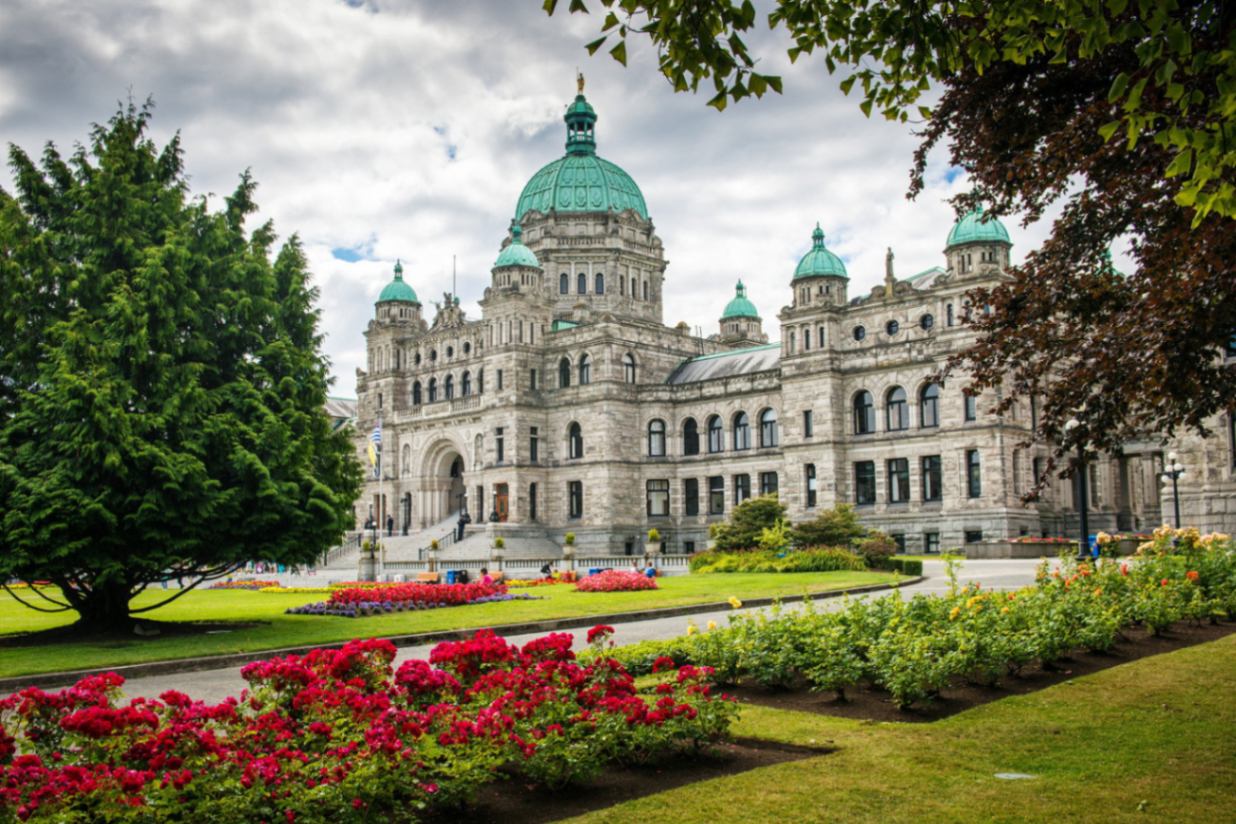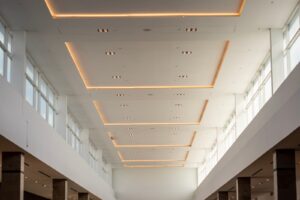Nestled on the southern tip of Vancouver Island, ‘Victoria’, British Columbia, is a city full of stories, culture, and stunning nature. As the capital city of British Columbia, Victoria has a big role in Canada’s past, with a history that goes from Indigenous settlements to modern-day multiculturalism.
Victoria’s far reaching history reaches as far as the old growth park of John Dean Provincial Park, to Robert Dunmuir’s Craigdarroch Castle, and all the way to his son’s national historic site of James Dunsmuir’s Hatley Castle in Colwood, BC.
With an abundant amount of history and stories produced in the capital city of BC, let’s take an exciting journey through the history of this lively city, Victoria, BC. Victoria is also renowned for its lush green spaces, offering residents and visitors a chance to connect with nature right in the heart of the city. From Beacon Hill Park, one of the top parks in Victoria BC, to the sprawling trails of Mount Douglas Park, the city’s parks provide breathtaking views and vibrant ecosystems to explore. Whether you’re strolling through manicured gardens or hiking tree-lined trails, Victoria seamlessly blends its rich history with natural beauty.
Indigenous Beginnings:
Long ago, before the British Settlers of Europe came to this land, it was home to Indigenous peoples, like the Songhees, Tsawout and the Esquimalt Nations. They lived here, where now Victoria stands, for thousands of years, living off the land and sea, and trading with other Indigenous groups nearby.
Europeans Arrive:
In the late 1700s, European explorers started to come to the Pacific Northwest. Captain James Cook, a British explorer, claimed the area around Victoria for the British Crown in 1778. But it wasn’t until the early 1800s that lots of Europeans started to settle here.
In 1843, the Hudson’s Bay Company made Fort Victoria. It was a place to trade fur, named after Queen Victoria. As many settlers from the British Empire arrived, it led to conflicts with the Indigenous people, and sadly, the Indigenous people were pushed out of their lands.
Growing Importance:
Victoria became an important land because of its good location and harbours. When gold was found in the Fraser River in 1858, many people rushed to Victoria hoping to find gold. They established Fort Victoria in 1843 and the city grew fast, becoming known for trade and government offices on Vancouver Island.
In 1866, Vancouver Island joined with British Columbia, and Victoria became the capital of this new colony. This made the city even more important for commerce, trade and politics.
Fancy Buildings:
Many of Victoria’s famous buildings were built during the Victorian era, which was when Queen Victoria ruled Britain. The buildings of that time had fancy designs with elegant details, like Francis Rattenbury’s British Columbia Parliament Building and the Empress Hotel. These buildings show how important Victoria was during that era.
A Mix of Cultures:
The City of Victoria has been shaped by people from all over the world. Chinese, Japanese, South Asian, and European, many such immigrants brought their cultures along with them. This made Victoria’s food, traditions, and festivals diverse and interesting. Today you can visit Victoria’s ‘China Town’ and walk through the mystical Fan Tan Alley – full of gift shops and intriguing art.
Victoria Today:
In today’s time, Victoria is a lively tourist destination with abundant activities to offer including whale watching, scuba diving, visiting the Royal BC Museum or catching an evening musical at the Royal McPherson Playhouse. The downtown area mixes old charm with new shops, aromatic restaurants and cafes, and art galleries that flavour the city. People come from all over to see the beautiful nature, like the beautiful floral display of Butchart Gardens and the rugged yet stunningly fresh west coastline.
As Victoria is the capital city of British Columbia and it’s communities are booming with new home development, you’ll find many professional carpenters and general contractors, painting companies and drywall companies like Drywall Medic ready to provide you with 5-star service.
In Conclusion:
From its Indigenous beginnings to its role as a modern city, Victoria’s history is full of changes and diversity. As the capital city of British Columbia, Victoria is still growing and changing, but it always remembers its past and the Indigenous peoples who first lived here. Whether you’re exploring downtown or enjoying its nature through the various communities such as James Bay, Saanich and Cordova Bay, Victoria welcomes you to discover its unique mix of history, culture, and natural beauty.
FAQs:
1. How did Indigenous people contribute to Victoria’s history?
Indigenous peoples lived in the area, where Victoria now stands, for thousands of years before European settlers arrived. They traded with other Indigenous groups and shaped the culture of the region. This formed the base of Victoria’s diversity.
2. Why did Victoria become the capital of British Columbia?
Victoria became the capital in 1866 because it was already an important city for trade and politics on Vancouver Island. When Vancouver Island joined with British Columbia, Victoria was chosen as the capital because of its importance.
3. What kind of architecture can be seen in Victoria?
Many of Victoria’s famous buildings were built during the Victorian era, known for its fancy and detailed designs. Buildings like the British Columbia Parliament Building and the Empress Hotel showcase this style. The architecture seen in Victoria showcases the designs of an era, as if time stands still.
4. How has immigration influenced Victoria’s culture?
People from all over the world have come to Victoria, bringing their cultures with them. Immigrants from many lands like China, Japan, South Asian countries and especially Europe came to the City and settled down. This has made Victoria’s food, traditions, and festivals really diverse and interesting.
5. What are some popular things to do in Victoria today?
There are lots of things to do in Victoria, from exploring downtown and visiting museums to enjoying the beautiful nature around, like Butchart Gardens and the rugged coastline. Victoria is a city that offers interesting experiences and vast diversity.




